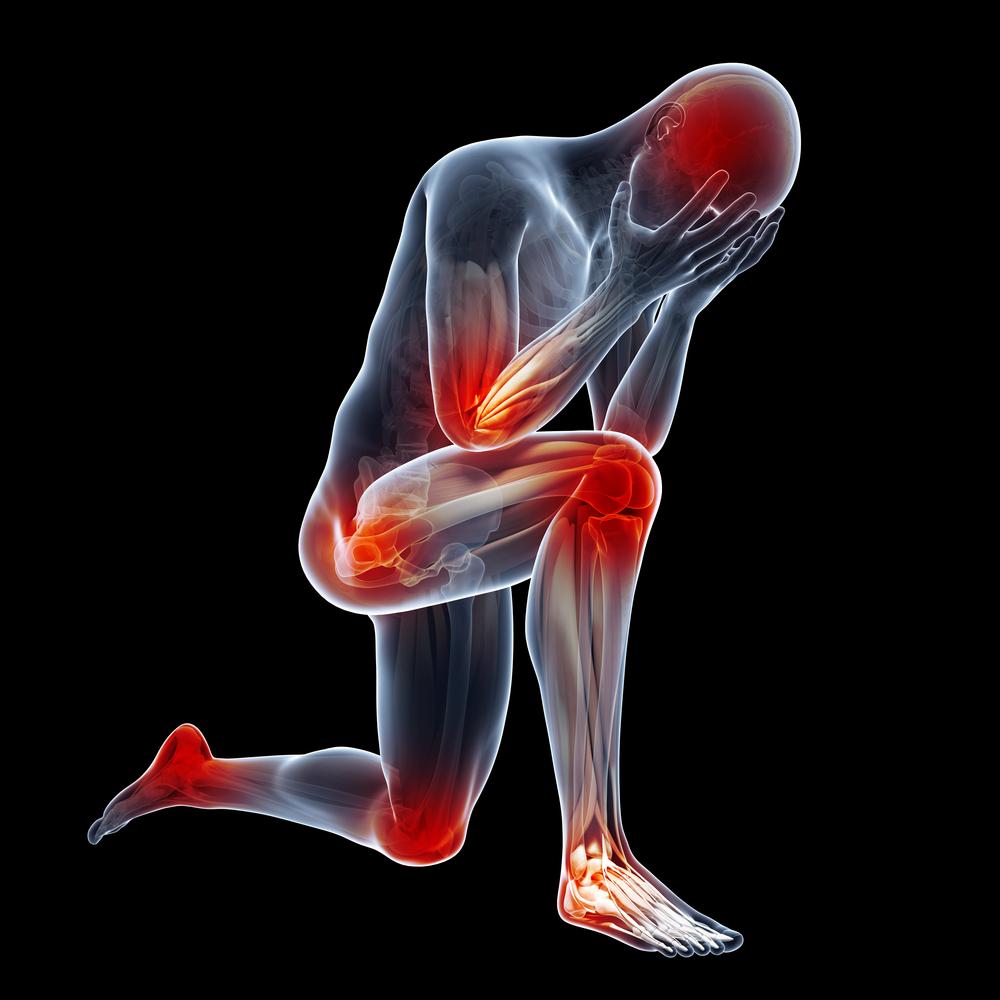Table of Contents
- The Initial Shock and Lingering Questions About the Pain Olympics
- Was the Pain Olympics Content Actually Real?
- What Proof Exists That the Pain Olympics Are Not Real?
- Why Do Some People Find Interest in the Pain Olympics?
- How Deeply Do People Analyze the Pain Olympics?
- Personal Reflections on Dealing with Discomfort, Unlike the Pain Olympics
- What Does BME Stand For in the Context of Pain Olympics?
- Are There Other Submissions Related to the Pain Olympics?
For many people, a memory from childhood can sometimes bring up a surprising mix of feelings, especially when it involves something a bit unsettling. You might recall seeing something, perhaps an image or a clip, that really stuck with you, leaving you with a lasting question about its truth. It's that kind of experience, a vivid recollection of something unsettling like the "BME Pain Olympics," that can make you wonder for years if what you saw was genuine or just a fabrication. That early encounter, for some, left a mark, prompting a persistent curiosity about the reality of what was presented.
It's interesting, too, how a single piece of content, even from a long time ago, can hold such a grip on one's thoughts. The question of whether something so extreme could actually be happening often comes back, even after many years have passed. This lingering uncertainty about the "pain olympics" is a common thread for folks who stumbled upon it when they were younger, leaving them to ponder its true nature.
So, this piece aims to shed some light on those old memories and the questions that come with them. We'll look at what people have said about this specific content, exploring whether it's truly what it seems or if there's more to the story. We will, you know, try to get to the bottom of the matter, providing some clarity for those who have carried this question with them for a good while.
- What Is Lake Travis Water Level
- Stars Who Wear Dentures
- How To Get Expedia Voucher
- What Is Pinger
- Vicks Expiration Date
Was the Pain Olympics Content Actually Real?
Many people who first saw the "BME Pain Olympics" content, especially when they were younger, often found themselves asking a very simple but important question: was any of that real? It's a natural thing to wonder when you see something that pushes the limits of what you believe is possible or acceptable. The initial reaction for some was a sense of shock, which then, you know, turned into a deep-seated curiosity about the truth behind the images presented. This kind of material, it seems, has a way of making a strong impression, causing people to revisit the memory and that central question of its authenticity over and over again.
For those who encountered it, the images were often quite jarring. The idea that someone might, in fact, be putting themselves through such things for public viewing was, well, a lot to take in, particularly for a younger mind. This is that kind of content that makes you pause and really consider the boundaries of human experience and entertainment. The question of its truthfulness became a sort of puzzle, a piece of unresolved information that stayed with them, making them wonder about the actual nature of the "pain olympics."
The memory, too, is not just about the images themselves, but about the feeling of seeing something that felt so out of the ordinary. It's almost as if the content created a small, unsettling corner in the mind, a place where the question of reality still lingered. This persistent wonder about whether the "pain olympics" were genuine is a common experience, showing how deeply some media can affect a person's perceptions and memories from a young age.
- Chase Mortgage Pre Approval
- Sheryl Lynn Lee
- No Lube Meme
- Is Eddie Guerrero Still Alive
- January 20th Zodiac
What Proof Exists That the Pain Olympics Are Not Real?
When we talk about the "BME Pain Olympics," there is, in fact, a clear answer to the question of its reality. The content, as it turns out, is footage that has been faked. This might come as a bit of a surprise to some who have carried the memory of it for a long time, especially if they found it disturbing. For others, however, it was perhaps always quite clear that what they were watching was not actually happening in the way it was shown. It's one of those things where some people just, you know, have a knack for spotting what's put on for show versus what's truly authentic.
Some folks, you see, might have a sort of knowledge base about such things, a way of looking at images and knowing if they are real or if they are created for a particular effect. This kind of insight can make the fakery of the "pain olympics" seem quite obvious to them. They might notice details or inconsistencies that others, who do not have that background, would easily miss. It's like having a special kind of lens through which to view things, making it easier to tell what is genuine and what is not.
The distinction between what is real and what is made up is a very important one, especially when content is designed to shock or provoke a strong feeling. Knowing that the "pain olympics" is not real can, for many, bring a sense of relief, helping to put those old, unsettling memories into a different light. It helps to understand that what was shown was not a true depiction of events, but rather a performance, a piece of created media meant to appear as something it was not.
Why Do Some People Find Interest in the Pain Olympics?
It is, you know, a curious aspect of human behavior that some individuals find a certain kind of satisfaction from things that involve physical discomfort or extreme situations. When considering content like the "pain olympics," it becomes clear that there's a segment of people who get a particular kind of gratification from witnessing or even participating in such acts. This is a topic that touches on different aspects of human psychology and what drives certain interests.
For some, this interest might stem from a desire to explore the limits of the human body, or perhaps it's a way to confront their own feelings about pain in a controlled, removed setting. Others might find a sort of emotional release or even a thrill in seeing things that are outside the norm. The "pain olympics" stands as an example of content that caters to these very specific and, you know, somewhat unusual interests.
It's not about judging these interests, but rather about acknowledging that they exist and that there are reasons, however complex, behind them. The human mind is, after all, a pretty varied place, and what one person finds compelling, another might find completely baffling. This content, in a way, speaks to that wide range of human experiences and the things that can capture a person's attention, even if those things involve the depiction of intense physical feelings.
How Deeply Do People Analyze the Pain Olympics?
The way people react to and think about content like the "pain olympics" can vary quite a bit. Some individuals, it seems, might watch something like this and then spend a good amount of time picking it apart, trying to figure out every little detail. They might, you know, look at it from many angles, almost like a detective trying to piece together a puzzle. This level of close examination suggests a deep engagement with the material, perhaps trying to understand its purpose or how it was put together.
On the other hand, there are people who might just see it once, and that's more than enough for them. For these folks, a single viewing is all it takes to form an opinion, and they might not feel the need to go back and study it further. This difference in how people engage with the content shows how varied our reactions can be. Some want to really dig into something, while others are content with just a quick look and then moving on. It's almost as if some minds are built for a more casual glance, while others are compelled to scrutinize.
One person, for example, mentioned watching the "pain olympics" enough to really get into analyzing it. They spent time looking at it, trying to figure out its ins and outs. But then, another person said they watched it just one time and that was, you know, all they needed to see. This contrast highlights the different ways we process information that is, frankly, quite intense. Some of us are drawn to a more thorough breakdown, while others prefer to keep a certain distance from such material.
Personal Reflections on Dealing with Discomfort, Unlike the Pain Olympics
It's interesting how our personal experiences with discomfort can shape the way we view things, even something as extreme as the "pain olympics." For some, the idea of "pain olympics" might become a kind of personal shorthand for dealing with tough situations in their own lives. One person shared that their mom used to, you know, metaphorically "play pain olympics" with them, which led them to start finding ways to make difficult things feel less intense. This suggests a personal method of coping, a way to minimize the impact of challenging moments rather than seeking out more discomfort.
This approach is, in fact, quite different from the idea of actively looking for hard experiences or taking on more than you can handle. Instead, it's more about being smart with your struggles, choosing which battles to engage in, and finding ways to ride out the difficult parts of life. It's about being flexible and adapting to what comes your way, rather than, you know, inviting more hardship. This personal method of handling life's bumps is, quite frankly, nothing like the staged and artificial scenarios seen in the "BME Pain Olympics."
Another person shared a conversation with a friend who experiences ongoing physical discomfort due to conditions like fibromyalgia and rheumatoid arthritis. They were talking about their own back pain, and this kind of discussion, you know, shows a different side of "pain." It's about real, everyday struggles with physical feelings, shared between people who understand what it's like. These are genuine human experiences of discomfort, which are, you know, a world away from the fabricated depictions in the "pain olympics." It highlights the difference between actual life challenges and manufactured content.
What Does BME Stand For in the Context of Pain Olympics?
A question that often comes up when people discuss the "BME Pain Olympics" is about the letters themselves: what does "BME" actually stand for? It's a fair question, as the full meaning isn't always clear to everyone who encounters the content. For those who are just seeing it for the first time, or perhaps revisiting old memories, this is a very natural point of curiosity. Understanding the name can, you know, sometimes give a bit more context to the content itself, even if the content is not real.
The letters "BME" typically refer to "Body Modification Ezine." This is an online publication and community that focuses on various forms of body modification, including things like piercings, tattoos, and other, you know, more extreme forms of altering the body. So, when people refer to the "BME Pain Olympics," they are connecting the content to this particular online source, which is known for its wide range of material related to body changes and expressions. It helps to, you know, place the content within a certain kind of online space.
Knowing what "BME" means helps to clear up some of the mystery around the name. It links the content to a specific subculture and its interests. This connection is important for anyone trying to understand the origins and context of the "pain olympics," even if the content itself is, as we've discussed, a piece of created fiction. It provides a bit more clarity on where such material might have come from and the kind of audience it might have been made for.
Are There Other Submissions Related to the Pain Olympics?
For many who are familiar with the "BME Pain Olympics," a common question arises about whether there are other pieces of content like it. People often wonder if the "final round" video is the only one, or if there are, you know, more videos or submissions that fall under the same umbrella. This curiosity is understandable, especially if the original content made a lasting impression. It's a natural thing to ask if there's more to explore once you've encountered something so unusual.
The original text suggests that some people have only seen what is often referred to as the "final round" video. This makes sense, as that particular piece of content seems to be the one that gained the most widespread attention and, you know, left a strong mark on viewers. The question then becomes, are there other parts to this "pain olympics" series, or is it just that one notable video that stands out?
People who are curious about this sometimes ask if anyone can, you know, provide links to other related content, if it exists. This shows a desire to see the full scope of what was created under that name. Even with the understanding that the content is not real, the human curiosity about the extent of such creations remains. It’s a way of trying to get a complete picture of the phenomenon, to see if there are other examples of these, you know, rather unusual videos that were made to appear like a competition of discomfort.
This exploration into the "BME Pain Olympics" has, you know, hopefully brought some clarity to a topic that has caused questions for many over the years. We've talked about the initial shock and the lingering question of its truth, confirming that the content is, in fact, not real. We also looked at why some people might be drawn to such material and how differently individuals react to and analyze it. We considered personal ways of handling discomfort, which are quite unlike the staged scenarios of the "pain olympics." Finally, we touched upon what "BME" means and the curiosity surrounding other related content. This discussion aims to provide a fuller picture for those who have carried these questions about the "pain olympics" with them.
Related Resources:



Detail Author:
- Name : Heather Schultz
- Username : malika56
- Email : magali.klocko@moen.com
- Birthdate : 1996-06-14
- Address : 26388 Renner Way Wildermanbury, KY 11154
- Phone : +1.361.355.4809
- Company : Funk-Torphy
- Job : Gaming Supervisor
- Bio : Accusantium qui distinctio aliquam. Et consequuntur non amet labore. Dolores perferendis quis sed dicta qui est. Autem a ut eius aliquid maxime.
Socials
facebook:
- url : https://facebook.com/arch_funk
- username : arch_funk
- bio : Quia eligendi accusamus voluptates illum.
- followers : 693
- following : 349
instagram:
- url : https://instagram.com/afunk
- username : afunk
- bio : Quos dolor aspernatur quisquam. Sint officiis ut blanditiis.
- followers : 3677
- following : 2490
linkedin:
- url : https://linkedin.com/in/funka
- username : funka
- bio : Eius modi ut fuga aut dolorem.
- followers : 6725
- following : 2303
tiktok:
- url : https://tiktok.com/@funka
- username : funka
- bio : Necessitatibus nemo sint illum non et commodi laborum.
- followers : 1497
- following : 2225
twitter:
- url : https://twitter.com/arch5139
- username : arch5139
- bio : Ut nam quia et ducimus veniam. Mollitia reprehenderit iste adipisci. Ratione voluptatem id alias porro qui ex quam porro.
- followers : 1183
- following : 450